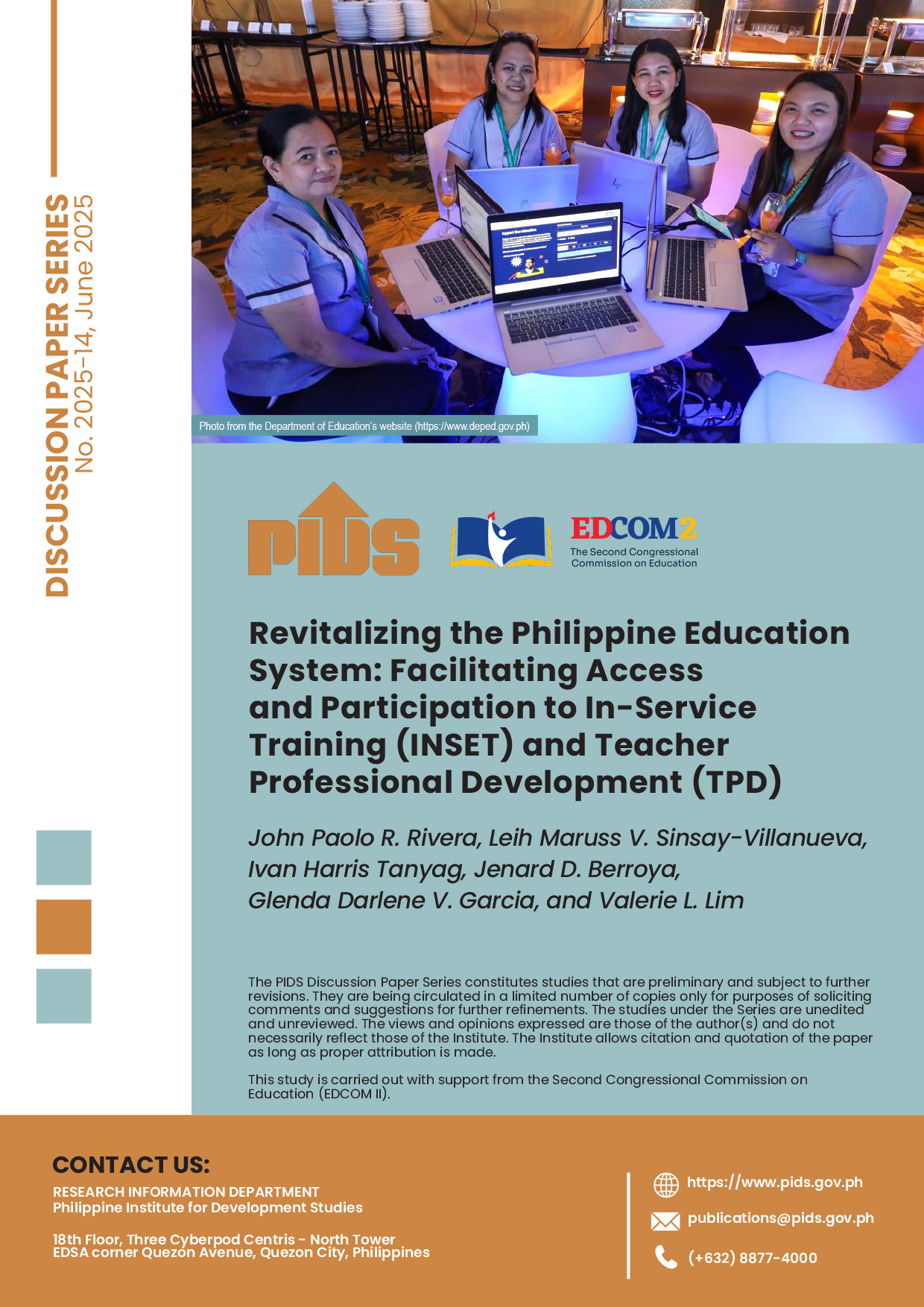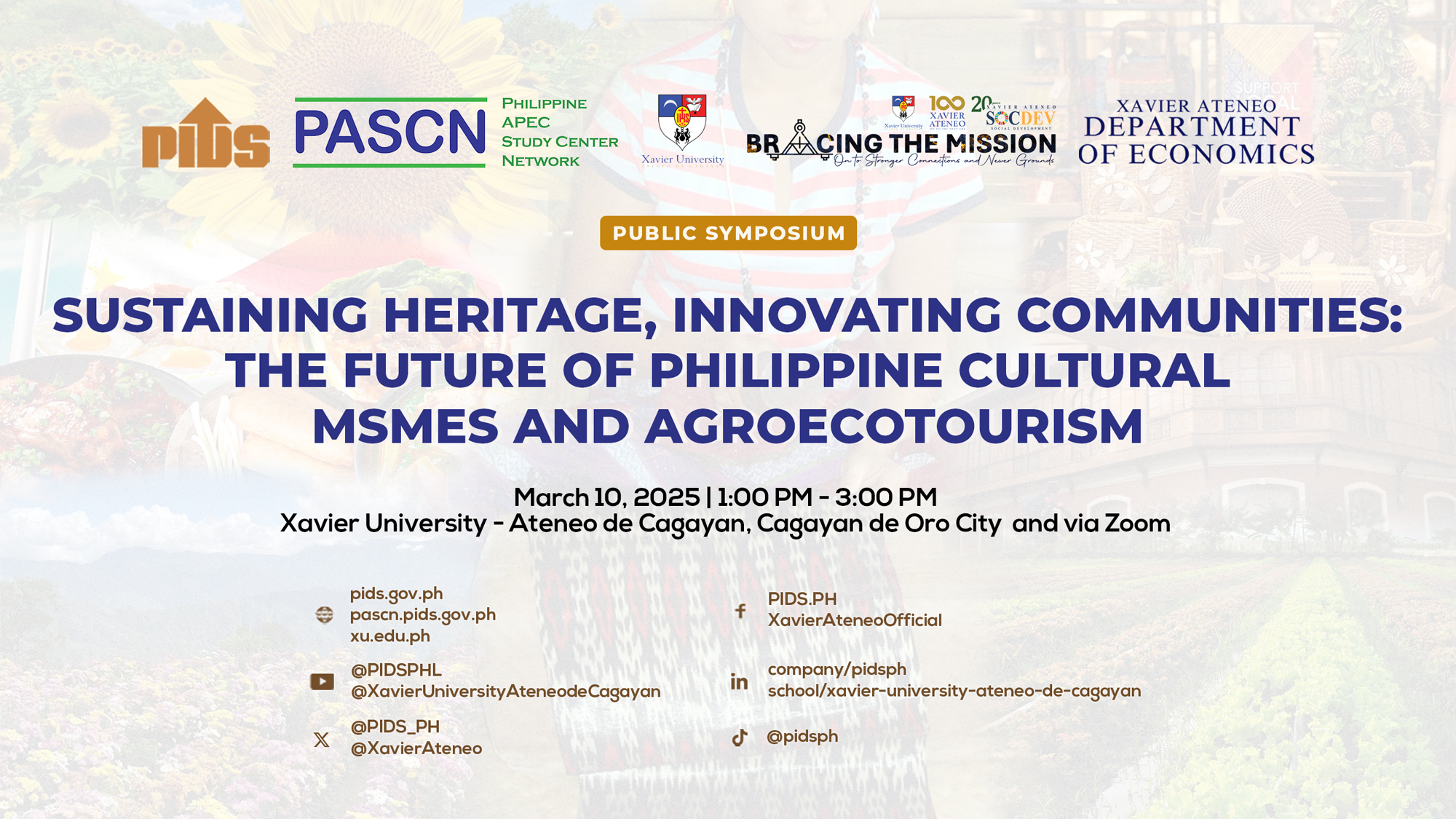According to the Institute for Development and Econometric Analysis, Inc. (IDEA) latest Industry Trends, a large portion of the Philippines' local agriculture industry is focused on rice as it is the staple cereal crop. National Food Authority (NFA) Administrator Lito Banayo has noted, however, that given the country's topography, we cannot realistically hope to be asefficient as other countries such as Vietnam or Cambodia in terms of rice production. Competitors possess an abundance of flat land, which is not the case locally as a large part of the country's300,000+ km sq/m area is mountainous. Furthermore per IDEA, despite our lack of a comparative advantage in the staplecereal, a significant proportion of our local farmers and agricultural producers are still in the business of palay planting and are in need of income. In the face of these challenges the local sector faces, Mr. Banayo raised the idea of a switch from the staple cereal crop to high-value crops, which offer a higher amount of income per kilogram of yield or hectare of farmland. As the Philippines enters a phase of consistently above-par growth, new markets open up and local producers must adapt to changing circumstances. In a policy note released by the Philippine Institute for Development Studies (PIDS) entitled Urgent: A Road Map for Agro-Industrial Development in the Philippines, it was observed that as the country develops, it will almost inevitably move from simply producing its sustenance and staple crops, such as rice andcorn in our case, to a more diversified, market-oriented production system. In addition, even "cheaper" crops which can be classified as "high-value" for farmers, such as camote and cassava, may see less consumption as development leads to consumers seeking more expensive vegetables. Development leads to demand for more expensive, higher-valued vegetables and other agricultural products, as local demand picks up and capacity to fillexport demand for these increases.












